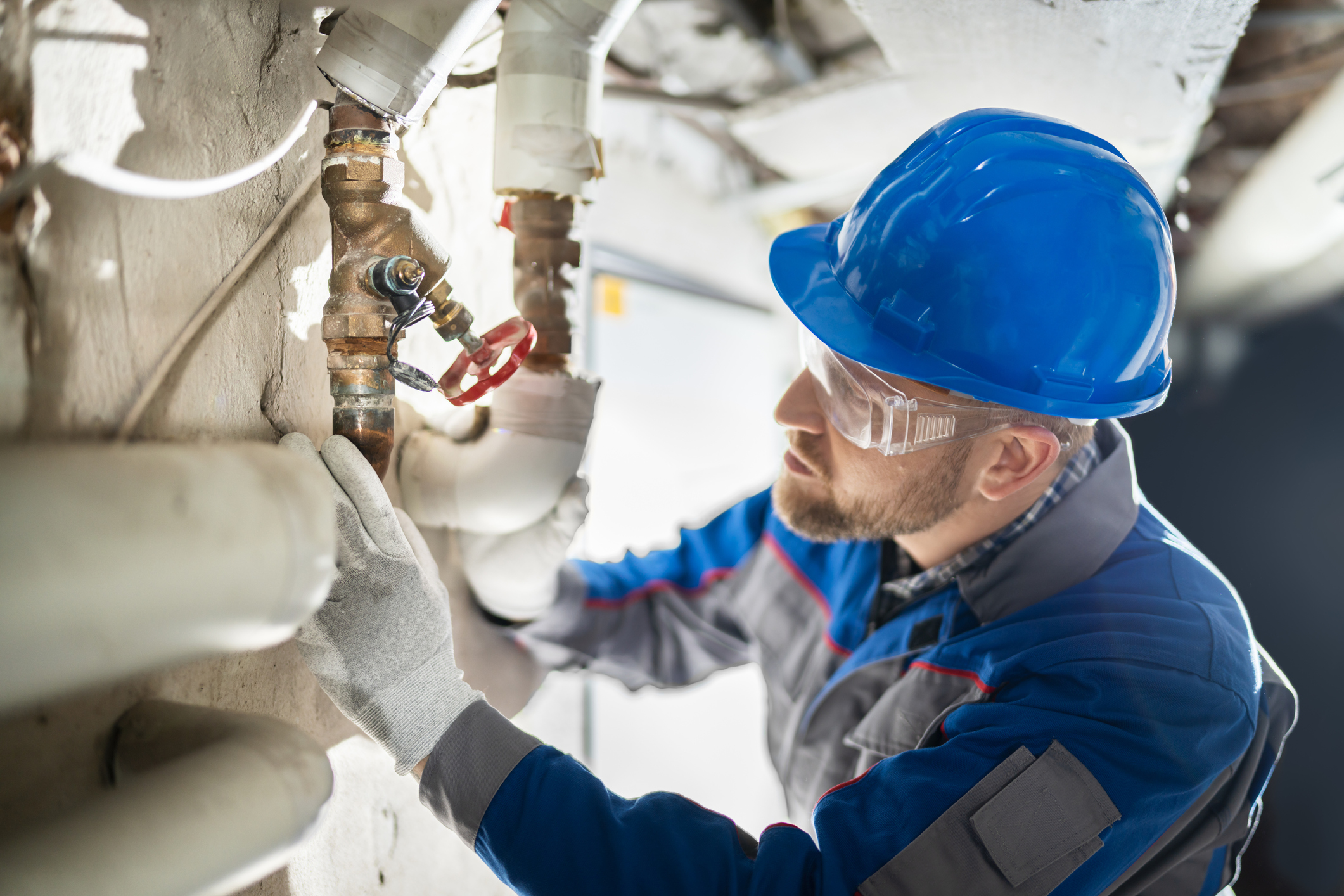For months many schools, community centers, gyms, and workplaces have sat empty while people stayed home in an effort to control the spread of the novel coronavirus. But as buildings reopen, it’s important to consider the safety of the water supply. Stagnant water left in pipes over the warm summer months could be the perfect breeding ground for bacteria that without proper management has the potential to cause serious waterborne disease.
According to a recent Ensia news report, infectious agents including Legionella and non-tuberculosis mycobacteria can linger in water pipes in buildings that have been vacant or partially vacant over several months. Older adults, smokers, and people with a weakened immune system are more susceptible to Legionnaires’ disease.
When reopening these buildings, it’s important to consider water management. Drinking fountains, hot tubs, sinks, toilets, sprinklers, showers, and air-conditioning systems are just some of the sources of contamination. When aerosolized, contaminated water may be inhaled and harmful bacteria can be spread to the lungs where it can lead to respiratory illness.
Legionnaires’ disease caused by Legionella bacteria can result in serious illness and is estimated to cause death in one in ten cases. Reports of Legionnaires’ have increased in recent years in the United States. Aging water distribution systems, as well as climate change causing longer warm summers and more rainfall, may be contributing factors.
To help protect people from waterborne disease, it’s important to flush pipes regularly in areas of building not regularly used. Adding chlorine or other disinfectants to water as it enters buildings in another strategy along with installing filters at points of use such as kitchens, bathrooms, showers, and ice machines. Using hot water set at 140° F to flush pipes regularly and before use can also help reduce the risk for infection; avoid inhaling while running water or flushing toilets.
People can also take some of these precautions in their own homes, especially when certain bathrooms, spas, or wet bars are infrequently used. The Centers for Disease Control and Prevention recently released guidelines for reopening buildings after prolonged shutdown or reduced operation. Follow this link to read the full document.






Add Your Voice
0 Comments
Join the Discussion